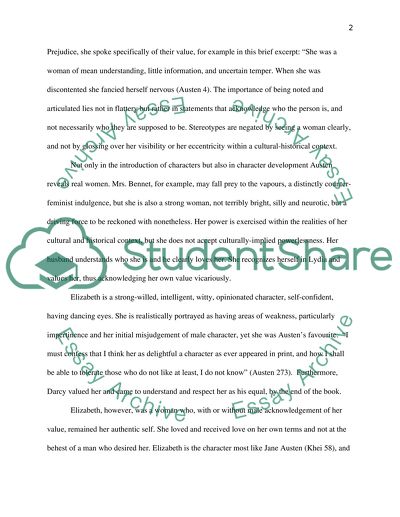Retrieved from https://studentshare.org/gender-sexual-studies/1440647-the-erosion-of-womens-sexist-stereotypes-in-pride-and-prejudice
https://studentshare.org/gender-sexual-studies/1440647-the-erosion-of-womens-sexist-stereotypes-in-pride-and-prejudice.


